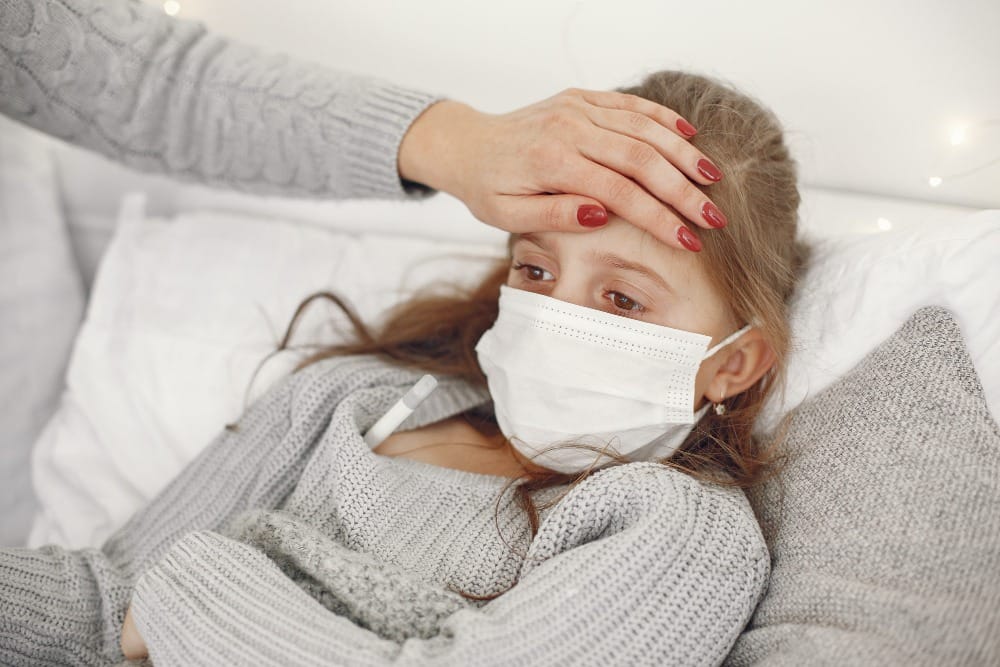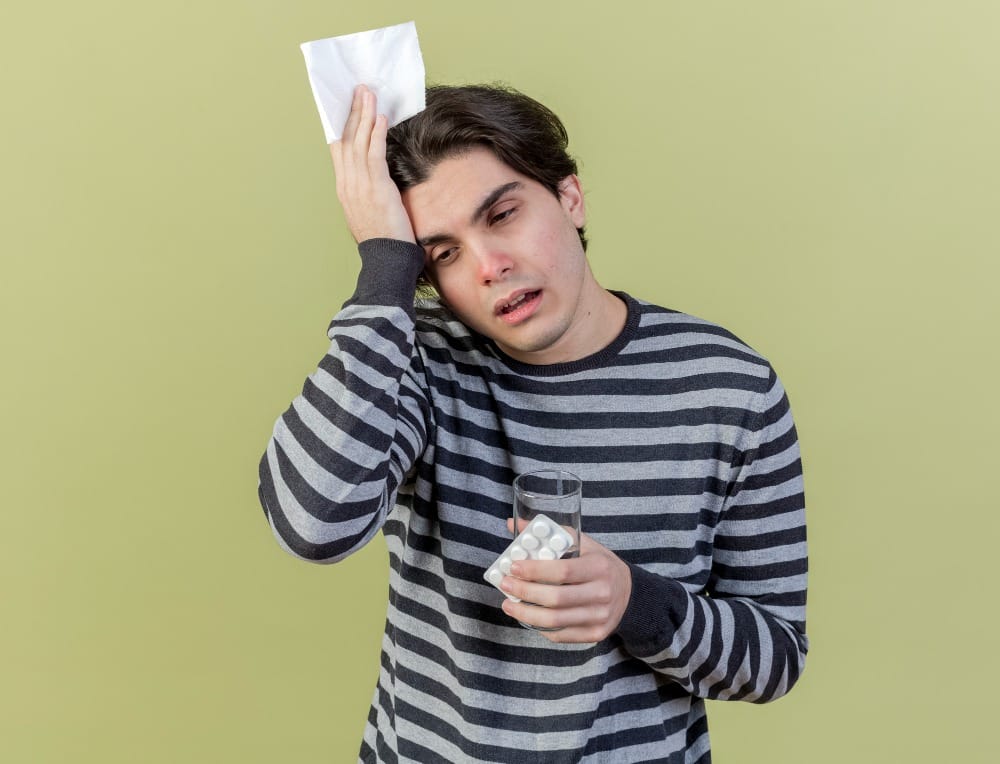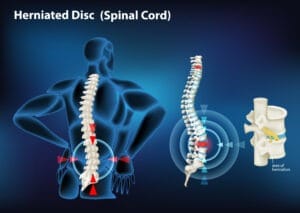Malaria and dengue are two diseases that spread through mosquito bites and affect millions of people around the world every year. Both diseases can cause serious health problems if not treated in time, but they are caused by different organisms and show different symptoms. Knowing how to tell the difference between malaria vs dengue symptoms can help you get the right treatment quickly and avoid complications. In this article, we will explain the symptoms of malaria and dengue in detail, compare their differences, and share tips for prevention.
What Causes Malaria and Dengue?
Before we talk about the symptoms, it’s important to understand what causes these diseases.
- Malaria is caused by a parasite called Plasmodium, which enters the body when an infected Anopheles mosquito bites a person. There are several types of Plasmodium parasites, but the two most common ones are Plasmodium falciparum and Plasmodium vivax.
- Dengue, on the other hand, is caused by the dengue virus. This virus is spread by the bite of an infected Aedes aegypti mosquito, which is also known as the yellow fever mosquito. Unlike malaria, dengue is caused by a virus, not a parasite.
Malaria Symptoms

Malaria symptoms usually appear 10 to 15 days after a person is bitten by an infected mosquito. The symptoms can range from mild to severe. Here are the common symptoms of malaria:
1. Fever and Chills:
People with malaria often experience episodes of fever that come and go, accompanied by chills. The fever may follow a pattern, occurring every two or three days, depending on the type of parasite.
2. Headache:
A persistent headache is a common complaint in malaria patients.
3. Muscle and Joint Pain:
Malaria often causes body aches, including pain in the muscles and joints.
4. Sweating:
After a fever spike, patients usually experience heavy sweating.
5. Fatigue and Weakness:
Extreme tiredness is another hallmark symptom of malaria.
6. Nausea and Vomiting:
Many people with malaria feel nauseous and may vomit.
In severe cases, malaria can lead to complications like brain damage (cerebral malaria), kidney failure, or severe anemia, which requires urgent medical attention. Understanding these malaria symptoms is critical when comparing malaria vs dengue symptoms.
Dengue Symptoms

Dengue symptoms usually start 4 to 10 days after a person is bitten by an infected mosquito. Dengue may range from mild to severe, with serious cases being referred to as dengue hemorrhagic fever or dengue shock syndrome. Here are the typical symptoms of dengue:
1. High Fever:
A sudden high fever, often above 104°F (40°C), is one of the first signs of dengue.
2. Severe Headache:
Dengue often causes a strong headache, especially around and behind the eyes (known as retro-orbital pain).
3. Muscle and Joint Pain:
Dengue is sometimes called “breakbone fever” because of the severe muscle and joint pain it causes.
4. Skin Rash:
A red rash may appear on the skin two to five days after the fever starts.
5. Nausea and Vomiting:
Like malaria, dengue can also cause nausea and vomiting.
6. Bleeding Issues:
In severe cases, dengue can cause bleeding from the nose, gums, or under the skin. This is due to a drop in platelet levels, which are crucial for blood clotting.
Severe dengue can result in shock, organ failure or even death if not treated quickly. Understanding the difference between these symptoms and those of malaria highlights the importance of recognizing malaria vs dengue symptoms.
Malaria vs Dengue Symptoms: Key Differences
Although malaria and dengue share some common symptoms, there are few key differences that can help distinguish between the two diseases. Here are the main differences:
1. Fever Pattern:
- Malaria: The fever in malaria often comes and goes in cycles (every 48 to 72 hours) depending on the parasite type.
- Dengue: In dengue, the fever is continuous and usually lasts for 2 to 7 days.
2. Skin Rash:
- Malaria: A skin rash is not a typical symptom of malaria.
- Dengue: A red rash is one of the hallmark symptoms of dengue.
3. Bleeding Problems:
- Malaria: Bleeding issues are rare in malaria.
- Dengue: Bleeding gums, nosebleeds, and easy bruising are common in severe dengue.
4. Eye Pain:
- Malaria: Pain behind the eyes is not a common symptom of malaria.
- Dengue: Retro-orbital pain (pain behind the eyes) is a distinctive symptom of dengue.
5. Chills and Sweating:
- Malaria: Chills and sweating are very common in malaria.
- Dengue: These symptoms are less common in dengue.
These distinctions are vital for recognizing malaria vs dengue symptoms and ensuring the right treatment is given.
Diagnosis of Malaria and Dengue

To confirm whether someone has malaria or dengue, specific tests need to be conducted. Here’s how doctors diagnose the two diseases:
Malaria:
- A blood smear test is used to look for malaria parasites in the blood.
- Rapid diagnostic tests (RDTs) can also detect specific malaria antigens.
Dengue:
- Blood tests can detect the presence of dengue virus antigens (NS1) and antibodies (IgM and IgG).
- A complete blood count (CBC) may reveal low platelet levels which is a key indicator of dengue.
Accurate diagnosis is essential for differentiating malaria vs dengue symptoms and beginning appropriate treatment.
Prevention of Malaria and Dengue
Preventing malaria and dengue involves protecting yourself from mosquito bites and reducing mosquito breeding sites. Here are some effective prevention methods:
1. Protect Yourself from Mosquito Bites
- Use mosquito repellents on exposed skin. Repellents containing DEET or picaridin are especially effective.
- Wear long-sleeved shirts, long pants and socks especially during early morning and evening times when mosquitoes are most active.
- Sleep under a mosquito net especially in places where malaria is common.
- Set up window and door screens to keep mosquitoes out of your home.
2. Eliminate Mosquito Breeding Sites
- Get rid of any standing water around your home such as in flower pots, buckets or old tires.
- Cover water storage containers tightly to prevent mosquitoes from laying eggs.
- Clean gutters regularly to avoid water accumulation.
3. Community-Wide Efforts
- Support government and local efforts to spray insecticides in areas with high mosquito populations.
- Participate in community clean-up drives to eliminate breeding sites.
4. Vaccination and Medications
- Dengue: Vaccines like Dengvaxia are available in some countries for people who have previously had dengue.
- Malaria: Preventive medicines, such as chloroquine or doxycycline, are often recommended for travelers visiting malaria-endemic regions.
5. Awareness and Education
Educate yourself and your community about malaria vs dengue symptoms, prevention methods, and the importance of early medical attention.
Strengthening your immune system can also play a significant role in fighting off infections. Learn some effective ways to boost your immune system naturally
When to Seek Medical Help
It’s important to see a doctor if you or someone you know has any of the following symptoms:
- High fever that lasts more than two days.
- Severe headaches or muscle pain.
- Signs of bleeding, such as nosebleeds or bleeding gums.
- Difficulty breathing or persistent vomiting.
- Confusion, drowsiness, or seizures.
Early treatment may prevent complications and save lives. Being aware of malaria vs dengue symptoms can help in making timely decisions.
Final Thoughts
Malaria and dengue are serious diseases that require immediate attention. Knowing the differences between these symptoms can help you identify the illness and seek appropriate treatment. While malaria is often associated with cyclical fever, chills, and sweating, dengue is marked by continuous high fever, severe muscle pain, and bleeding problems. Both diseases can be prevented by protecting yourself from mosquito bites and reducing mosquito breeding sites.
By staying informed and taking quick preventive measures you can reduce your risk of getting malaria or dengue. If you suspect you have symptoms of either disease seek medical care immediately. Understanding malaria vs dengue symptoms can make a significant difference in ensuring timely and effective treatment.
Frequently Asked Questions
1. What are the key differences between malaria vs dengue symptoms?
Malaria typically causes cyclical fever, chills, and sweating, while dengue presents with continuous high fever, severe muscle pain, and a skin rash. Dengue also often leads to bleeding issues, which are uncommon in malaria.
2. Can a person have both malaria and dengue at the same time?
Yes, it is possible to have co-infection with malaria and dengue, especially in regions where both diseases are common. This can make diagnosis and treatment more complex.
3. How can I tell if a fever is due to malaria or dengue?
Malaria fever usually follows a cyclical pattern (every 48–72 hours), while dengue fever is continuous and accompanied by severe headaches, retro-orbital pain, and rash. A medical test is needed for a definitive diagnosis.
4. Are malaria and dengue contagious from person to person?
No, malaria and dengue are not contagious. They spread through mosquito bites, with malaria transmitted by Anopheles mosquitoes and dengue by Aedes aegypti mosquitoes.
5. What are the best ways to prevent malaria and dengue?
Prevention includes using mosquito repellents, wearing protective clothing, eliminating standing water to reduce mosquito breeding, and, in some cases, taking preventive medications or vaccines.
Images By: FreePik




